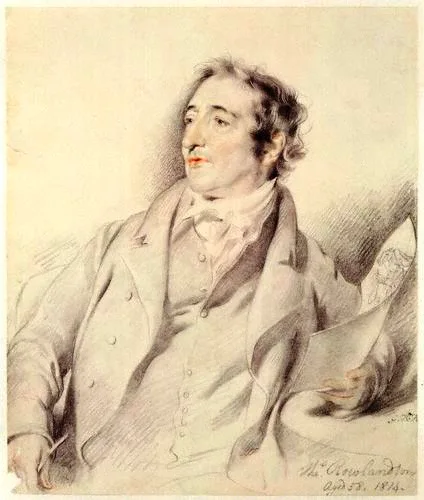
1756–1827
Movements
Occupations
Thomas Rowlandson (1757–1827) was an English artist and caricaturist whose satirical watercolors and prints captured the social life of Georgian Britain with unparalleled wit and technical mastery. Alongside James Gillray, he is recognized as one of the greatest British graphic artists, and his distinctive flowing line and keen observations have made his work integral to understanding late 18th and early 19th-century British society. Born in London, Rowlandson trained at the Royal Academy Schools and spent time studying in Paris. Though initially promising as a serious artist, he squandered an inheritance through gambling and turned to caricature to earn his living. His collaboration with publisher Rudolph Ackermann from 1797 produced his finest works, including 'The Microcosm of London' and the enormously popular 'Tour of Dr. Syntax.' Working exclusively in drawing and printmaking, Rowlandson documented nearly half a century of London life with remarkable fluency, creating a visual archive that reveals the manners, politics, and daily activities of his era.
Born July 13, 1757 in Old Jewry, City of London; baptized at St Mary Colechurch.
Father William was a weaver turned textile trader who went bankrupt in 1759.
Attended Soho Academy of Dr Cuthbert Barwis from 1765-66, classmate of Richard Burke (son of Edmund Burke).
Entered Royal Academy Schools in 1772; reportedly spent two years studying at a Paris drawing academy.
Exhibited at Royal Academy in 1775 and won silver medal in 1777, showing early promise as serious artist.
Drawing of Vauxhall exhibited at Royal Academy in 1784 brought first major success when engraved by Pollard.
Received substantial inheritance from aunt in 1789, reportedly squandered through gambling (sitting at tables for 36 hours at a stretch).
By 1793, impoverished and turned increasingly to caricature and illustration for income.
Produced political and social satires of figures including Duchess of Devonshire, William Pitt, and Napoleon Bonaparte.
Unlike contemporary Gillray's fierce political satire, developed gentler, more humanistic approach to social subjects.
Began productive collaboration with publisher Rudolph Ackermann in 1797.
Created illustrations for Ackermann's Poetical Magazine starting 1809 with 'The Schoolmaster's Tour.'
Published 'Tour of Dr. Syntax in Search of the Picturesque' (1812), reaching five editions by 1813 with two sequels.
Collaborated on 'The Microcosm of London' (1808-1810) with architectural interiors by Augustus Pugin.
Worked exclusively in drawing and printmaking throughout career, never using oils.
Continued prolific output of designs and illustrations into old age.
Died April 21, 1827 aged 69 at lodgings at 1 James Street, Adelphi, after prolonged illness.
Buried at St Paul's, Covent Garden on April 28, 1827.
Work neglected during Victorian era but reappraised since 20th century as one of Britain's greatest graphic artists.
Blue plaque erected at 16 John Adam Street, Charing Cross in 1950.
Artheon Research Team
Last updated: 2025-11-28
Biography length: ~850 words
Wikidata/Wikimedia Commons